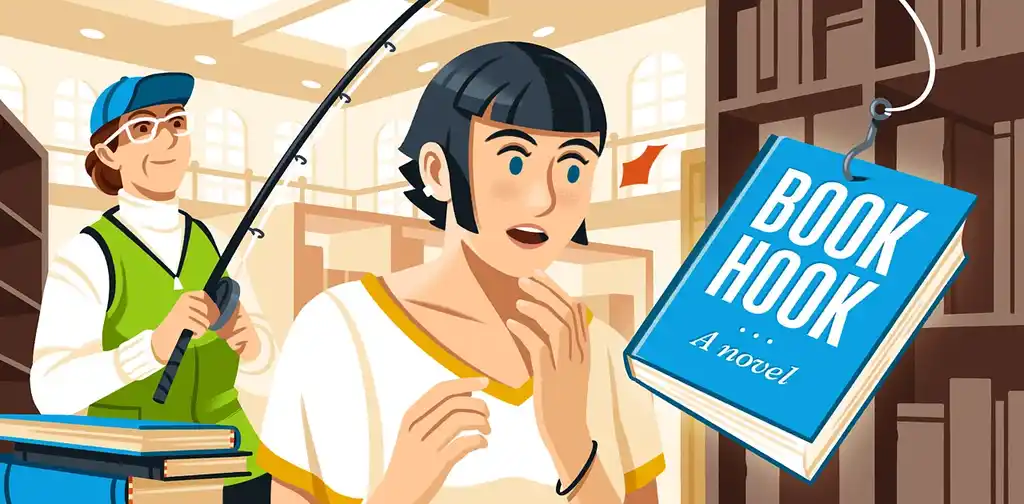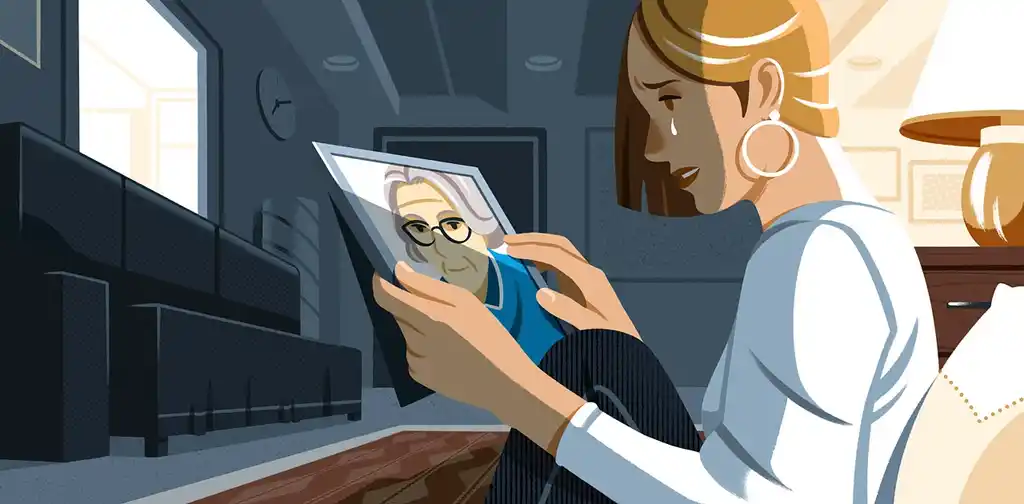Man vs Nature: The Most Compelling Conflict in Writing
Apr 18, 2024 – Perfecting your Craft

What is man vs nature? Learn all about this timeless conflict with examples of man vs nature in books, television, and film. Read more →
The Redemption Arc: Definition, Examples, and Writing Tips
Apr 12, 2024 – Perfecting your Craft

Learn what it takes to redeem a character with these examples and writing tips. Read more →
ReedsyMatch: A Revolutionary Dating App for Writers
Apr 01, 2024 – Reedsy News

Introducing the first app that will help you conquer writer's block and crippling loneliness in one fell swoop. Read more →
How Many Sentences Are in a Paragraph?
Mar 13, 2024 – Perfecting your Craft

From fiction to nonfiction works, the length of a paragraph varies depending on its purpose. Here's everything you need to know. Read more →
How to Publish a Book For Free: The 7 Best Sites
Feb 27, 2024 – Understanding Publishing

If you want to publish your book without spending a single dime, check out this handy list of 7 free self-publishing services. Read more →
Narrative Structure: Definition, Examples, and Writing Tips
Dec 18, 2023 – Perfecting your Craft

What's the difference between story structure and narrative structure? And how do you choose the right narrative structure for you novel? Read more →
What is the Proust Questionnaire? 22 Questions to Write Better Characters
Dec 08, 2023 – Perfecting your Craft

Inspired by Marcel Proust, check out the questionnaire that will help your characters remember things past. Read more →
How To Craft a Book Hook (Tips from Editors)
Oct 20, 2023 – Perfecting your Craft

We break down what a book hook is, why it matters for authors, and how to craft a successful one. Read more →
What is Pathos? Definition and Examples in Literature
Sep 29, 2023 – Perfecting your Craft

Pathos is a literary device that uses language to evoke an emotional response, typically to connect readers with the characters in a story. Read more →
How to Start a Children’s Book: Coming Up with Your Big Idea
Aug 18, 2023 – Perfecting your Craft

If you've ever dreamed of writing a children's book but aren't sure where to start, check out this post to learn more about how you can create the perfect story for kids. Read more →
Subscribe to our newsletter!
1 million debut and bestselling authors have made Reedsy their home to learn more about book publishing, marketing tips and all things reedsy.com.

